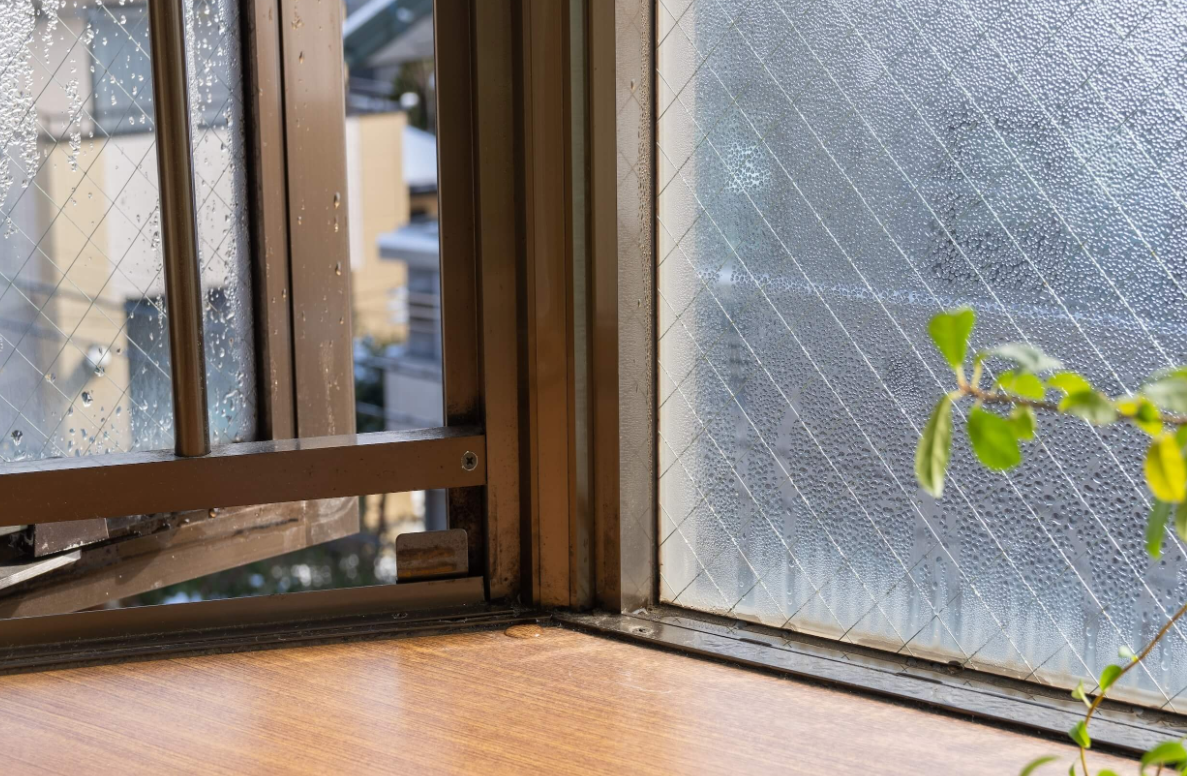Maintaining proper humidity levels in your home is important for comfort and health. When humidity gets too high, it can lead to mold growth, cause condensation on windows, make your home feel muggy, and exacerbate allergies and asthma. This is especially an issue for homes with double glazed windows, which are more airtight and prone to trapping moisture inside. Luckily, there are several effective strategies you can use to control humidity in a home with double glazed windows.
Assess Your Home’s Humidity Levels
The first step is to monitor and assess the humidity levels in your home on a regular basis. You can do this by purchasing an affordable hygrometer or humidity gauge from a hardware store. Place gauges in a couple rooms on different floors to get accurate readings for your whole home. The ideal indoor humidity range you should aim for is 30-50%. Consistently high readings above 60% indicate you need to take action to reduce moisture levels.
Improve Ventilation
Lack of adequate airflow and ventilation is one of the main culprits of high indoor humidity. Enable damp, stagnant air to properly ventilate out of your home. Open windows periodically when humidity is high to let fresh dry air circulate through. Consider installing bathroom exhaust fans that vent to the outside or upgrading to a higher CFM model if moisture buildup is an issue after bathing. Also run kitchen exhaust fans that vent outdoors when cooking.
Keep indoor air constantly circulating by running ceiling fans and portable fans. Make sure your home’s attic and crawl spaces are properly ventilated as well. And be sure your home’s HVAC system is operating efficiently with clean filters, as improper airflow from vents can lead to moisture buildup in concealed spaces.
Manage Moisture Sources
In addition to ventilating damp air out, you also need to control the amount of moisture you generate inside. Some top sources of indoor moisture include bathing, cooking, doing laundry, and having house plants.
When possible, do major moisture-creating activities only when proper ventilation is enabled. For instance, run bathroom exhaust fans during and after showering with the door closed. Also, make sure your dryer is exhausted properly to the outside when running loads. Consider reducing the number of house plants you have out or installing a dehumidifier near groupings of plants.
Use Dehumidifiers
Portable or whole-home dehumidifiers are very effective at removing excess moisture from the air. They work by drawing air over cooled coils to condense water vapor which gets collected in tanks/buckets that need periodic draining. Size units appropriately for the square footage of space needed. Use humidistats to let units run automatically when preset humidity levels are exceeded.
Whole-home units are installed as part of your HVAC ductwork to dehumidify all centralized airflow. Portables work well for individual rooms and localized spaces. Use energy-efficient ENERGY STAR rated models and test different placements to find optimal moisture reduction. Also, maintain dehumidifiers by cleaning filters and compartments periodically.
Minimize Temperature Fluctuations
LBS noted that wide temperature swings in your home can increase condensation issues. When warm moisture-laden air comes into contact with cooled surfaces it causes water droplets. Maintain consistent indoor temperatures when possible or minimize the differences between inside and outside temps.
Also, allow buffer time when turning heating/cooling systems off and on to avoid drastic temperature changes. Upgrade to a programmable or smart thermostat that lets you optimize setpoints for humidity control. Be sure to insulate and air-seal your home properly so systems run efficiently.
Install a Heat Recovery Ventilator
A heat recovery ventilator (HRV) or energy recovery ventilator (ERV) are great solutions for homes with humidity issues. These systems constantly vent your home’s air while recovering heating/cooling energy that would normally be lost through ventilation.
Outgoing stale air passes through a heat exchanger that transfers its thermal energy to the incoming fresh air. This enables adequate fresh air circulation without wasting conditioned air or allowing big temperature/humidity swings when venting. HRVs also help control humidity by expelling moist air before it permeates structural materials.
Use Supplemental Dehumidification
For particularly damp spaces like basements or crawlspaces, consider installing supplemental dehumidification equipment. This includes stand-alone and duct-mount dehumidifiers made just for such applications. Thermostatically controlled units will maintain preset humidity levels and most include built-in pumps to drain condensed water.
Another option is using air conditioning equipment designed for dehumidification. Cooling coils remove substantial moisture from the air while lowering temperatures. Variable speed systems run longer on low to maximize moisture removal better than standard units. And dual fuel heat pumps switch automatically to utilize the most efficient mode.
Improve Insulation and Air Sealing
Having proper insulation, air sealing, and ventilation are all interconnected when managing humidity. Air leaks through cracks/gaps can allow outdoor moisture to enter building cavities. This gets trapped and condenses on cool surfaces causing humidity issues. Prevent this by sealing major leakage sites in your home’s envelope.
Also, upgrade attic insulation to code recommendations for your region and climate. This helps moderate indoor temps and prevents moisture within wall cavities. Make sure to have a vapor retarder installed on the warm-in-winter side of insulation to block moisture penetration. Have insulation and air sealing inspected by an energy auditor.
Monitor Carefully After the Installation
It can take some time for all humidity control measures to start working effectively after first installing them. You may need to adjust settings, positioning, ventilation habits etc. to dial in the best performance. So carefully monitor humidity for several weeks after any upgrades using hygrometers in multiple rooms.
Also keep an eye out for initial issues like condensation on new windows as the home adjusts. Note if certain times of day or activities still cause spike humidity levels in certain rooms.
Identify moisture sources and fine tune mitigation steps until you achieve recommended 30-50% humidity readings consistently throughout your home. With diligent monitoring and the proper combination of control measures, maintaining healthy humidity is very achievable.

